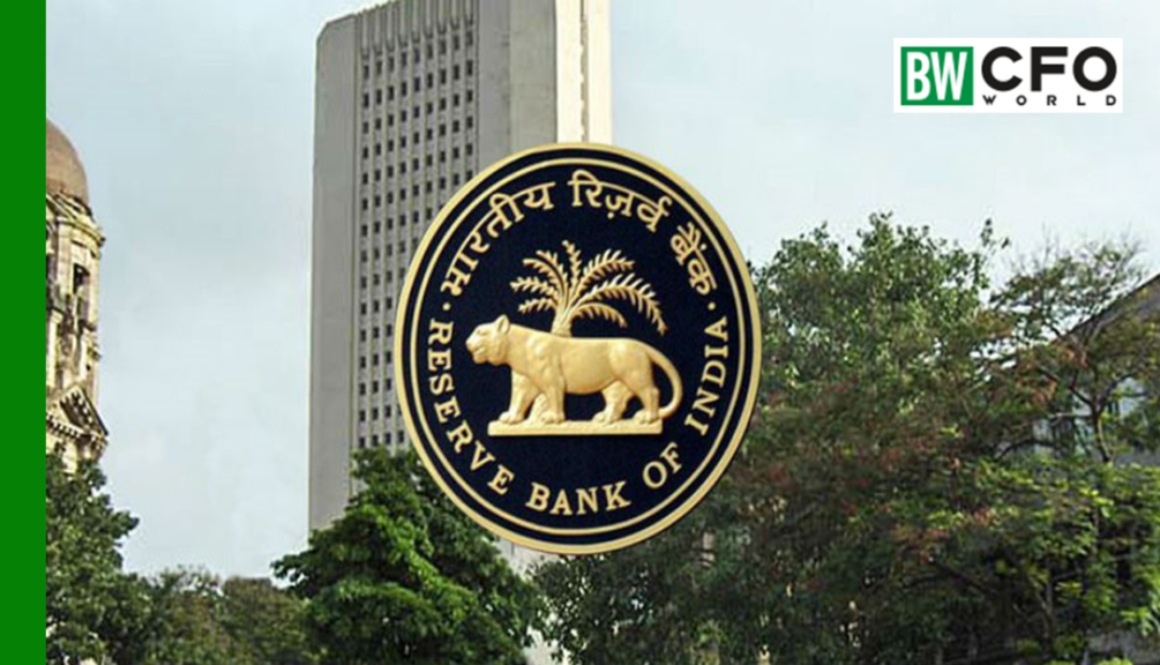RBI Directs Banks To Oversee Personal Loan Activity
Banks and Non-Bank lenders intensify unsecured retail loan disbursements to boost margins
The Reserve Bank of India (RBI) is closely observing specific aspects of personal loans for early signs of potential strain, especially as the unsecured retail loan sector of lenders has experienced substantial expansion.
RBI Governor Shaktikanta Das emphasised the importance for banks and Non-Banking Financial Companies (NBFCs) to enhance their internal monitoring mechanisms. He urged them to address any accumulating risks and implement appropriate safeguards in their own interest.
Given the surge in personal loans, Das stressed the need for lenders to uphold robust risk management and more stringent underwriting standards. Although there are no immediate red flags, the upswing in personal loans could amplify future risks.
RBI Deputy Governor, J Swaminathan, added that on a year-on-year basis, retail credit growth has reached 30 per cent for most banks, with unsecured credit experiencing a 23 per cent surge, in contrast to other segments which are growing at a rate of 12-14 per cent. This exceptional growth in retail credit calls for vigilance.
Vivek Iyer, Partner in Financial Services – Risk at Grant Thornton Bharat, stated, “The RBI has expressed concerns about the utilisation of unsecured personal loans for activities like investments in capital markets, which have the potential to significantly heighten financial stability risks.”
He noted that the emergence of low-cost or no-cost brokerage firms has made access to capital markets more accessible for retail investors than ever before. In recent months, both banks and non-bank lenders have escalated disbursements in the unsecured retail loan sector to bolster their profit margins.
Presently, retail loans constitute one-third of the overall loans in the banking sector. Unsecured retail loans comprise 10-15 per cent of the total loans in the banking industry. From the lender’s perspective, this loan category is viewed as riskier due to the absence of collateral. In compensation, lenders impose higher interest rates on these loans.
Karan Gupta, Director and Head of Financial Institutions at India Ratings & Research, remarked, “As of now, delinquencies do not appear to show a significant increase across the players. The growth of loans in this segment has been very rapid, and this comes with its own challenges. I believe RBI is concerned about this.”
Aashay Choksey, ICRA Vice President and Sector Head, noted that while retail loans have contributed to overall credit growth in recent years, the asset quality has largely remained stable, and recoveries have been robust.
In its latest financial stability report, RBI stated that the gross non-performing asset ratio of scheduled commercial banks decreased to a 10-year low of 3.9 per cent as of March 31, down from 11.5 per cent in March 2018.
The net non-performing asset ratio also fell to 1 per cent as of 31 March, compared to 6.1 per cent in March 2018. Nevertheless, some experts suggest that the delinquency ratios of non-bank lenders should be scrutinized more closely, as these entities continuously experiment with different customer cohorts to expand their sourcing opportunities, which may not always yield success. In such a scenario, the delinquencies of non-bank lenders could rise, warn experts.
Both banks and non-bank lenders tend to serve distinct borrower profiles. Banks typically lend to individuals with high creditworthiness, while non-bank lenders cater to the underbanked segment. Recently, non-bank lenders have introduced products like “buy now pay later,” which can carry inherent risks, caution experts.
Sanjay Kumar Agarwal, Senior Director at CareEdge, remarked, “We believe that there is some weakness in the ground-level data which is yet to be reflected in the headline delinquency data. At some point, delinquencies will increase. But, the situation is not alarming.”

